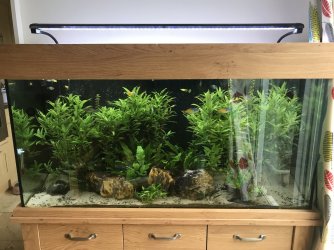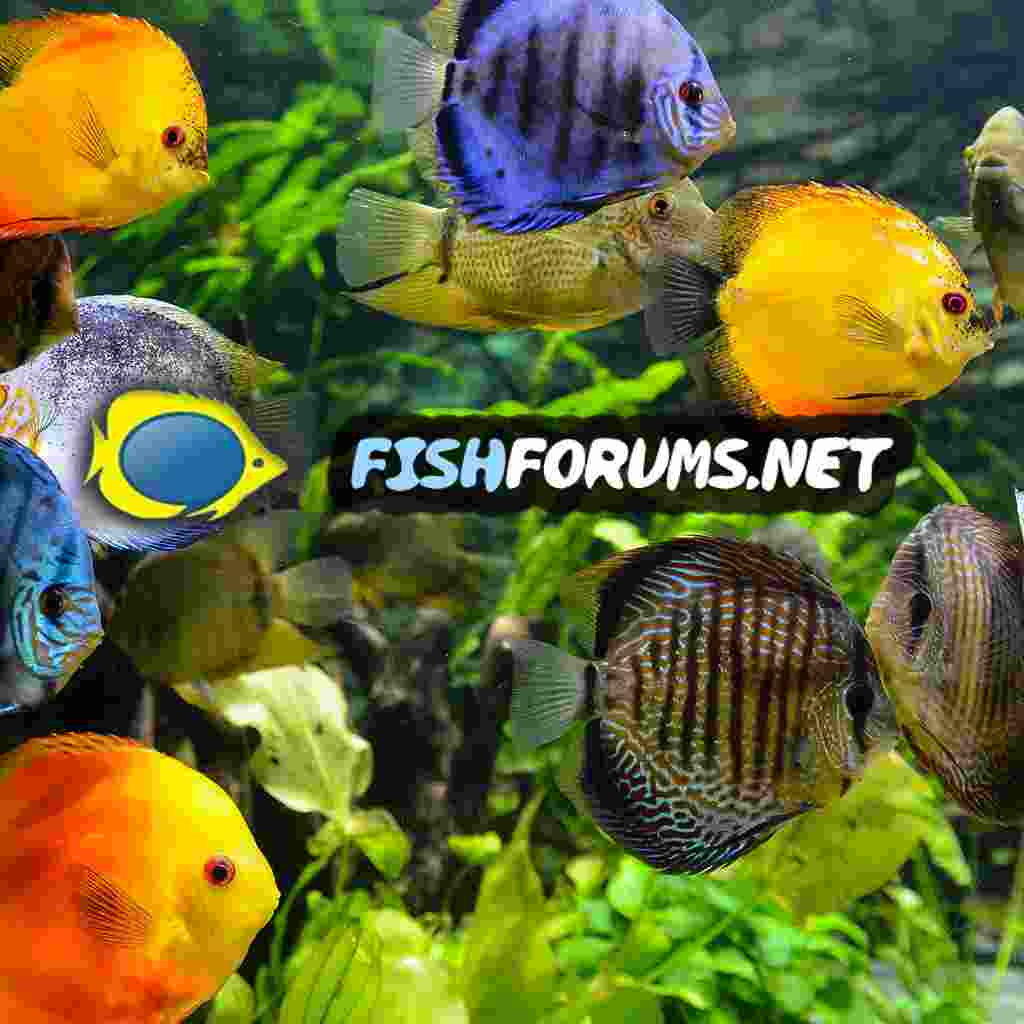FishFriend0
Fish Fanatic
2 of my female platys don’t look very well. They are getting thinner and are not eating. Then often stay near the surface or bud amongst the plants. No other fish seen affected. I tried using NT labs anti fluke and wormer twice every 2 weeks but it did not do anything. If you have any idea what this could be it would be appreciated.
I also have another problem. For the past few months in particular, there have been a lot of problems in my tank. You can go and look at the past threads I have made about these issues but here is a list: My guppies had what I think was callamanus worms which I treated but they ended up dying over the next few weeks anyway, probably because of the stress. I believe that these fish came with the worms and we’re just a dodgy batch of fish as they all died quite quickly. Then a few months later there was a problem with one of my fish having issues with their swim bladder. They were having to swim very hard to swim down. I managed to resolve this issue by feeding them some bloodworms which I believe helped as it is not very badly affected any more. Then only about a week after that, one of my rainbowfish developed something that I could not resolve. It was swimming like it was irritated often nearly doing loops in the water. It would often not move and then start darting around the tank. It died a few weeks later. And now there is this problem. My question to you is. Is this amount of issues normal, as I don’t think there any any problems with the water or tank? Here are some details.
Yesterday I tested the water and:
Ammonia: 0
Nitrite: 0
Nitrate: 10
pH: neutral-hard
dH: 16.8
The fish in my tank:
6 boesemani rainbowfish
8 lemon tetras
9 platys
6 guppies
The tank is 119cmx39cmx59cm
I had a fluval 407 and the tank is 25.7 degrees Celsius. I do a 50 percent water change every 1 week and dechlorinate the new water. I clean the sand. I do not use any plant fertilisers other tank some root tabs occasionally. I feed them a fairly varied diet of flakes, bloodworms and pellets.
I also have another problem. For the past few months in particular, there have been a lot of problems in my tank. You can go and look at the past threads I have made about these issues but here is a list: My guppies had what I think was callamanus worms which I treated but they ended up dying over the next few weeks anyway, probably because of the stress. I believe that these fish came with the worms and we’re just a dodgy batch of fish as they all died quite quickly. Then a few months later there was a problem with one of my fish having issues with their swim bladder. They were having to swim very hard to swim down. I managed to resolve this issue by feeding them some bloodworms which I believe helped as it is not very badly affected any more. Then only about a week after that, one of my rainbowfish developed something that I could not resolve. It was swimming like it was irritated often nearly doing loops in the water. It would often not move and then start darting around the tank. It died a few weeks later. And now there is this problem. My question to you is. Is this amount of issues normal, as I don’t think there any any problems with the water or tank? Here are some details.
Yesterday I tested the water and:
Ammonia: 0
Nitrite: 0
Nitrate: 10
pH: neutral-hard
dH: 16.8
The fish in my tank:
6 boesemani rainbowfish
8 lemon tetras
9 platys
6 guppies
The tank is 119cmx39cmx59cm
I had a fluval 407 and the tank is 25.7 degrees Celsius. I do a 50 percent water change every 1 week and dechlorinate the new water. I clean the sand. I do not use any plant fertilisers other tank some root tabs occasionally. I feed them a fairly varied diet of flakes, bloodworms and pellets.




